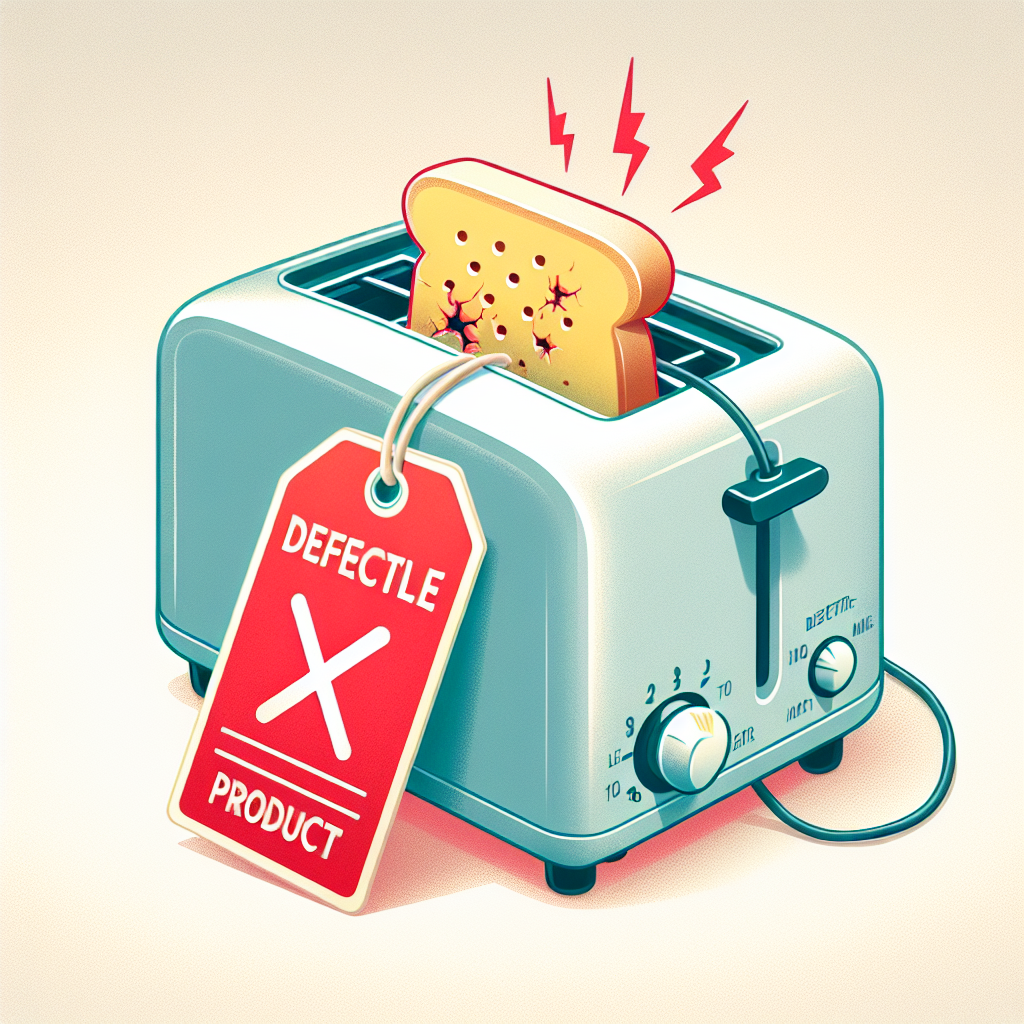A Defective Product: Understanding the Consequences and Seeking Compensation

When consumers purchase a product, they expect it to be safe and functional. Unfortunately, there are instances where a defective product makes its way into the market, posing serious risks to consumers. In this article, we will explore the consequences of a defective product and discuss the steps consumers can take to seek compensation.
The Impact of a Defective Product
A defective product can have severe consequences for consumers, ranging from minor inconveniences to life-threatening situations. Some common impacts of a defective product include:
- Physical injuries: Defective products can cause injuries such as burns, cuts, or broken bones. For example, a faulty electrical appliance may result in electric shocks or fires.
- Health complications: Certain defective products, such as pharmaceuticals or medical devices, can lead to adverse health effects. This can include allergic reactions, organ damage, or even death.
- Financial losses: Consumers may suffer financial losses due to medical bills, property damage, or lost wages resulting from injuries caused by a defective product.
- Emotional distress: Dealing with the aftermath of a defective product can be emotionally taxing. It can lead to anxiety, depression, or post-traumatic stress disorder (PTSD).
Seeking Compensation for a Defective Product
If you have been harmed by a defective product, it is crucial to understand your rights and take appropriate action. Here are the steps you can take to seek compensation:
1. Document the evidence
Gather all relevant evidence related to the defective product and the resulting harm. This may include photographs, medical records, receipts, and any correspondence with the manufacturer or seller.
2. Consult with an attorney
Seek legal advice from an experienced attorney specializing in product liability cases. They can guide you through the legal process, assess the strength of your case, and help you determine the appropriate course of action.
3. File a complaint
File a complaint with the appropriate regulatory agency, such as the Consumer Product Safety Commission (CPSC) in the United States. This helps alert authorities to the issue and can lead to product recalls or other corrective actions.
4. Pursue a legal claim
If you believe you have a valid claim, your attorney can help you file a lawsuit against the responsible party. This may be the manufacturer, distributor, or retailer of the defective product. A successful legal claim can result in compensation for medical expenses, lost wages, pain and suffering, and other damages.
Conclusion
A defective product can have far-reaching consequences for consumers, impacting their physical well-being, financial stability, and emotional state. By understanding the steps to seek compensation and holding responsible parties accountable, consumers can protect their rights and prevent further harm. Remember, if you encounter a defective product, document the evidence, consult with an attorney, file a complaint, and pursue a legal claim if necessary. Your safety and well-being should always be a top priority.







